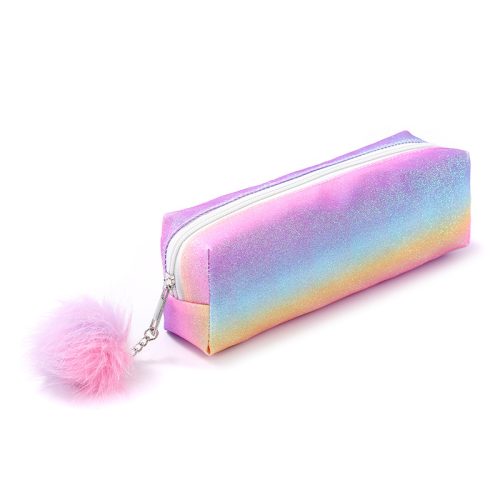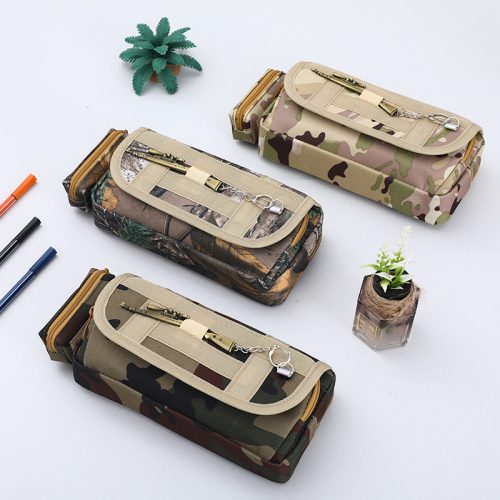The manufacturing process of pencils, despite their simplicity, involves several steps and a combination of traditional craftsmanship and modern technology. Here’s a behind-the-scenes look at how pencils, those classic writing and drawing tools, are manufactured:
- Materials and Ingredients:
- Wood: Cedarwood is the most commonly used wood for pencil casings due to its smooth texture and pleasant scent. Sustainable forestry practices are often employed to source the wood.
- Graphite: Graphite, a form of carbon, is the core material that makes the “lead” of the pencil. It is mined and then purified to remove impurities.
- Clay: A small amount of clay is mixed with graphite to create a smooth and even writing experience.
- Wax: Wax is added to the mixture to bind the ingredients together.
- Pigments and Dyes: Depending on the desired pencil color, pigments and dyes are added to create a colored outer layer.
- Preparing the Graphite Mixture:
- The graphite, clay, and wax are mixed together in precise proportions to create a homogenous paste. This mixture determines the pencil’s hardness or softness.
- Extrusion and Shaping:
- The graphite mixture is extruded into long, thin rods. These rods are cut into individual pencil-length pieces.
- At this stage, a groove or channel may be added to hold the pencil’s eraser.
- Drying and Curing:
- The pencil cores are dried to remove excess moisture and then cured in ovens to harden them.
- Cedarwood Casings:
- Cedarwood slats are cut into thin, flat sheets.
- Grooves are milled into the sheets to hold the pencil core.
- Two pieces of wood are glued together around the pencil core to create the familiar cylindrical shape.
- Shaping and Sanding:
- The newly formed pencil casings are shaped into their final form through a process called turning.
- The casings are sanded to a smooth finish, removing any imperfections.
- Painting and Finishing:
- The pencil casings are painted or coated with a finish to give them their desired color and texture.
- Brand names, logos, and other markings are added using printing or stamping techniques.
- Attaching Erasers and Ferrules:
- An eraser is attached to the end of the pencil using a metal ferrule (the metal part that holds the eraser). This is often crimped in place.
- Quality Control:
- Pencils go through rigorous quality control checks to ensure that they meet the manufacturer’s standards for appearance, performance, and safety.
- Packaging:
- Pencils are packaged in sets or boxes according to the manufacturer’s specifications.
- Distribution:
- Finished pencils are distributed to retail stores, schools, offices, and various other outlets for sale to consumers.
The manufacturing of pencils combines a blend of craftsmanship, precision engineering, and quality control to produce the familiar writing and drawing tools that are found in households, schools, and offices worldwide. While the process has evolved with modern technology, the core principles of pencil-making have remained largely unchanged for centuries.


